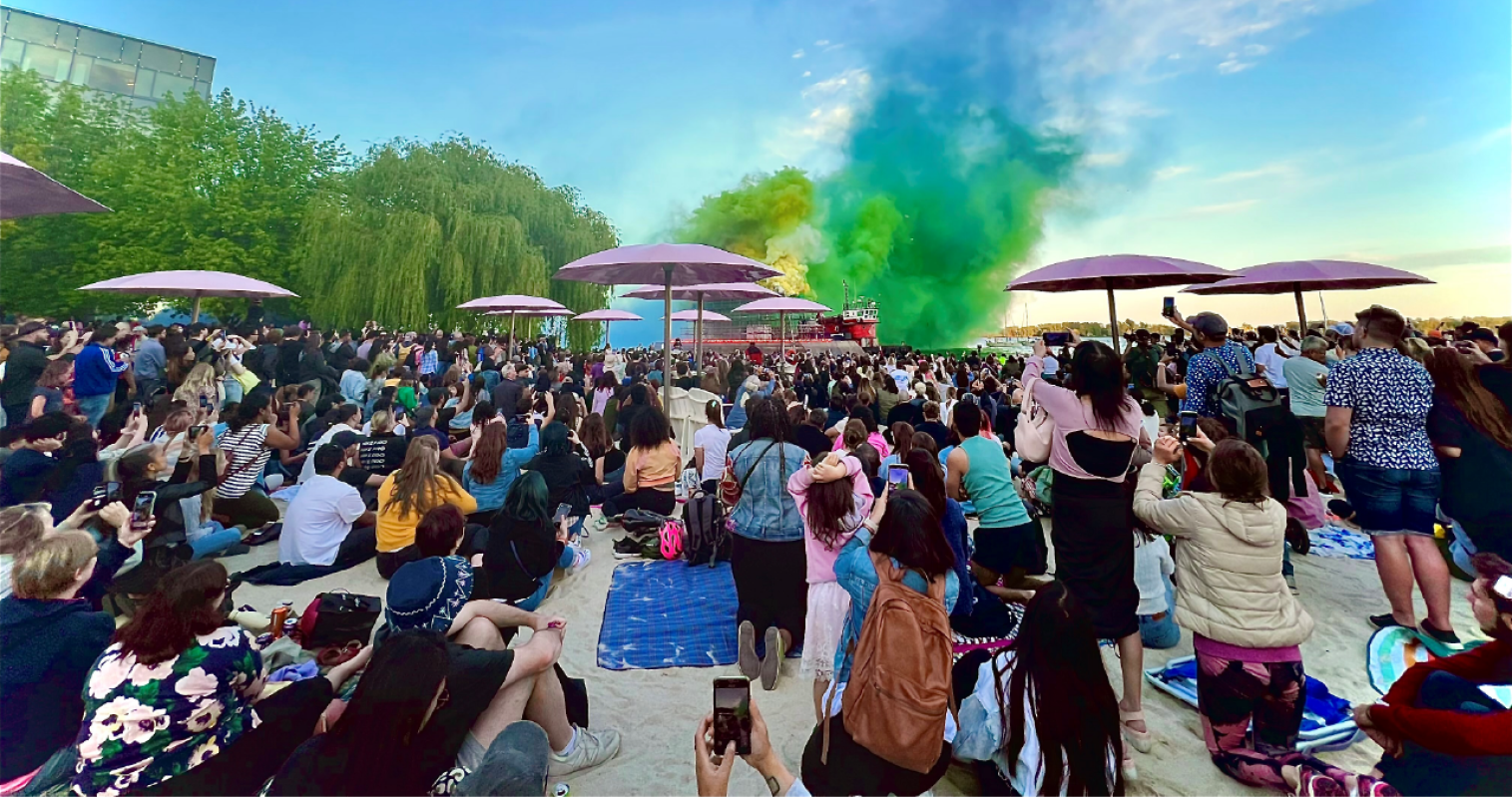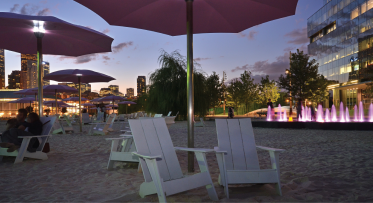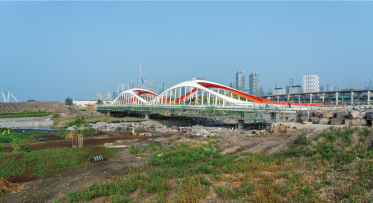A Bustling, Prosperous Waterfront: How it’s Coming Together
POSTED: AUGUST 8, 2022 | ECONOMIC DEVELOPMENT, DESIGN, PARKS AND PUBLIC SPACES
BY: SARAH ASKETT
Across Toronto’s waterfront, a master vision is coming together, with many projects now complete and others well underway.
Our 2021-22 Integrated Annual Report shows our progress over the past year, advancing construction on transformative projects and working towards our long-term goals for the waterfront. Read the full report, or get into our three-part blog series on core areas of this year’s report:
- Supporting strong economy
- Creating a sustainable waterfront
- Building thriving communities
The first blog of the series will focus on how we are harnessing the power of the waterfront to drive long-term prosperity, but also to support the economic recovery of Toronto, Ontario and Canada from the impacts of the pandemic.
Highlights from this blog:
- Since the scale and complexity of our work means results take time, we’ve developed an Interim Use and Events Strategy to promote the year-round activity on waterfront lands that haven’t yet been redeveloped.
- This past year, development progressed on more than a dozen projects, creating hundreds of jobs in construction, design, engineering and financial roles.
- Future construction in new neighbourhoods and areas – like Quayside, Parliament Slip and Villiers Island - will drive near-term economic activity and thousands of jobs while laying foundations for long-term prosperity with new education and employment hubs, transit connections and residential spaces, including affordable units.
Making the Most of the Meantime
Unlocking undeveloped land on the waterfront is part of a long-term plan to create a bustling waterfront that supports culture and tourism. This will help Toronto recover from the pandemic by bringing people together on the waterfront to support businesses that were hard hit by the pandemic.
There is a growing momentum for this revitalization now that flood protection in the Port Lands is nearing completion. But this type of work does take time.
Since the scale and complexity of our work often means that it will take time for many of the returns on public investments to be realized, we developed an Interim Use and Events Strategy to promote the year-round activity on waterfront lands that haven’t yet been redeveloped.
One way we’re doing this is by hosting events, festivals, open-air markets, performances and recreational events in areas that are in the process of being revitalized. This summer, we brought Smorgasburg to a parking lot at the Yonge Slip, bringing people down to the lake to experience the transformation that’s underway.
Read more on page 65 of our Integrated Annual Report.
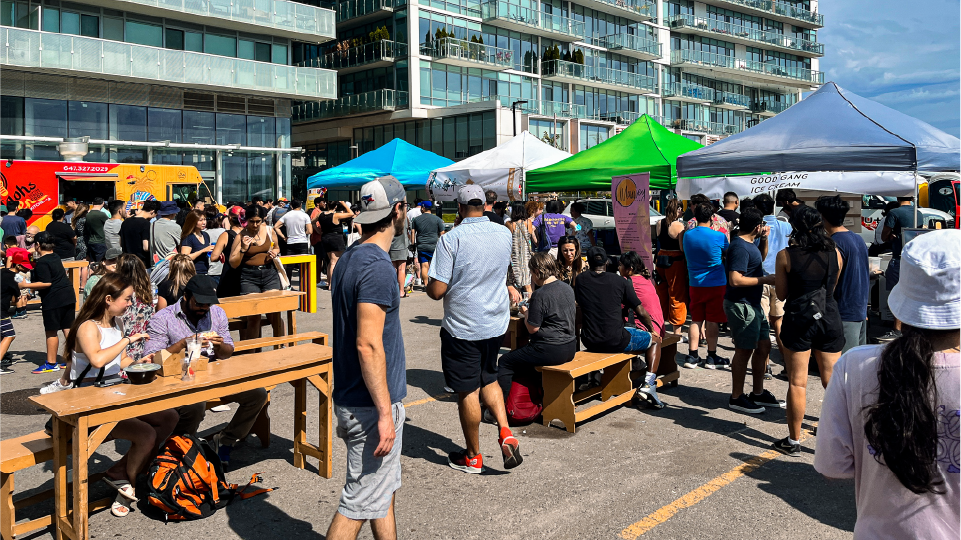
Smorgasburg is exactly the kind of event that happens when we get creative and partner to find new uses for spaces that have not yet been revitalized. The waterfront is one of the city’s biggest attractions, and with the addition of events like this, we are hoping to supercharge the city's economy. Image courtesy of the Waterfront BIA.
Steps Towards a Prosperous Waterfront
This past year, development progressed on more than a dozen projects, including Waterfront Innovation Centre, T3 Bayside, Limberlost Place and Aquabella. As these buildings take shape, they create hundreds of jobs in construction, design, engineering and financial roles — and once they’re complete they support long-term economic activity.
We welcomed more than 2,000 jobs to East Bayfront from the opening of Waterfront Innovation Centre and celebrated the groundbreaking of George Brown College’s Limberlost Place, one of Ontario’s first institutional mass-timber tall-wood buildings which will bring 3,000 students to the waterfront.
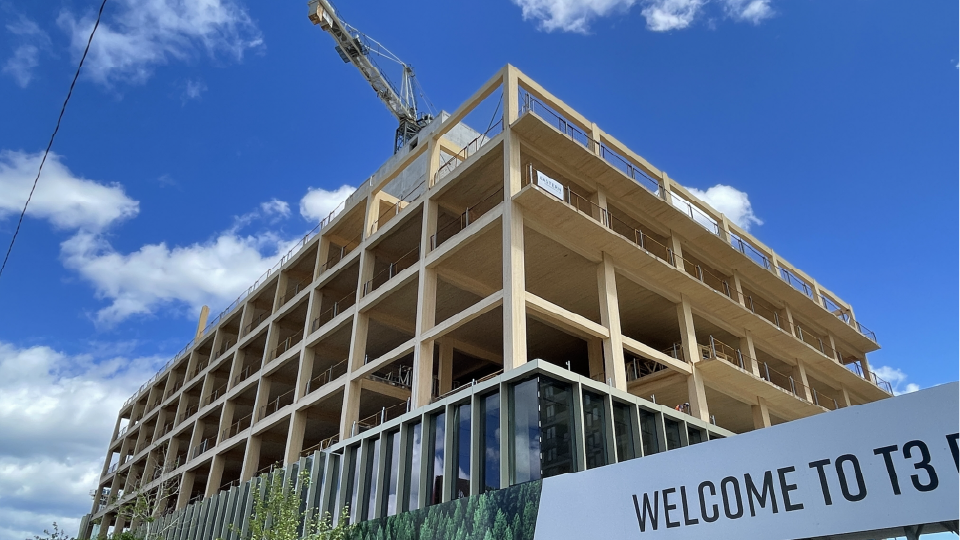
Another mass-timber building coming into view, T3 Bayside will create more than 500,000 square feet of office space by the lake. On track for substantial completion in 2023, the first of the twin buildings will provide enough space for more than 2,500 new jobs on the waterfront creating a bustling waterfront all-year round.
Aquabella, part of the Hines-Tridel development in Bayside, was substantially completed this past year, creating 174 new homes and contributing to a much-needed live-work-play neighbourhood in the downtown core. To support the number of people now living and working in East Bayfront, we also began fit-out work on the childcare centre that will soon open within Aquabella to serve the community. Once complete, the childcare centre will ultimately be owned by the City of Toronto and operated by a third-party operator.
Read more about these projects on pages 36-37 of our Integrated Annual Report.
Long-Term Projects, Near-Term Impacts
It will take several more years beyond the completion of the Port Lands Flood Protection Project. However, as one of Canada’s most ambitious infrastructure initiatives, this project has already created thousands of jobs and will deliver lasting economic benefits when completed by better protecting existing assets and enabling new development.
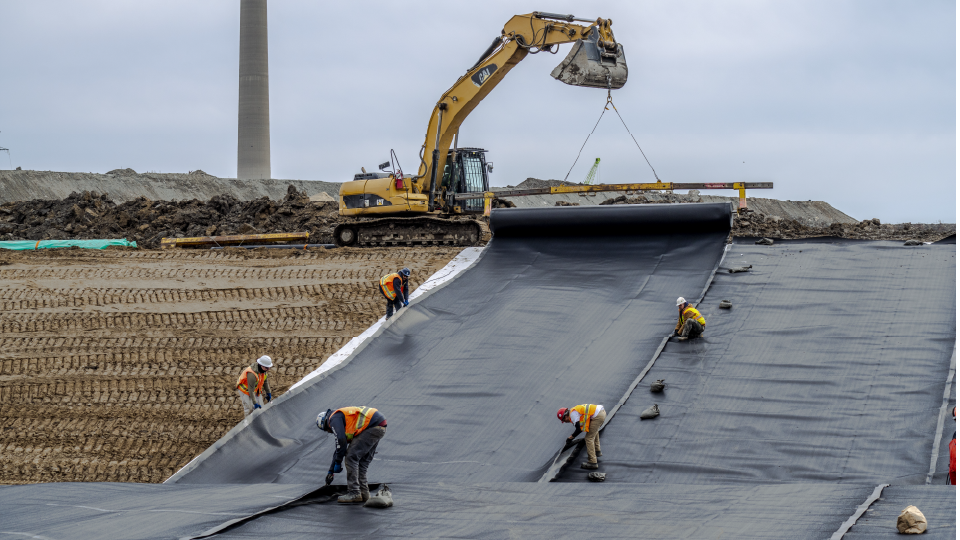
Our flood protection work in the Port Lands creates immediate economic benefits like job creation and will ultimately deliver lasting positive environmental impacts.
Read more on page 42 of our Integrated Annual Report
Looking further ahead, construction in new neighbourhoods and areas – like Quayside, Parliament Slip and Villiers Island - will drive near-term economic activity and thousands of jobs while laying foundations for long-term prosperity with new education and employment hubs, transit connections and residential spaces, including affordable units.
Read more on pages 34-35 of our Integrated Annual Report
Managing Disruptions During the Revitalization Process
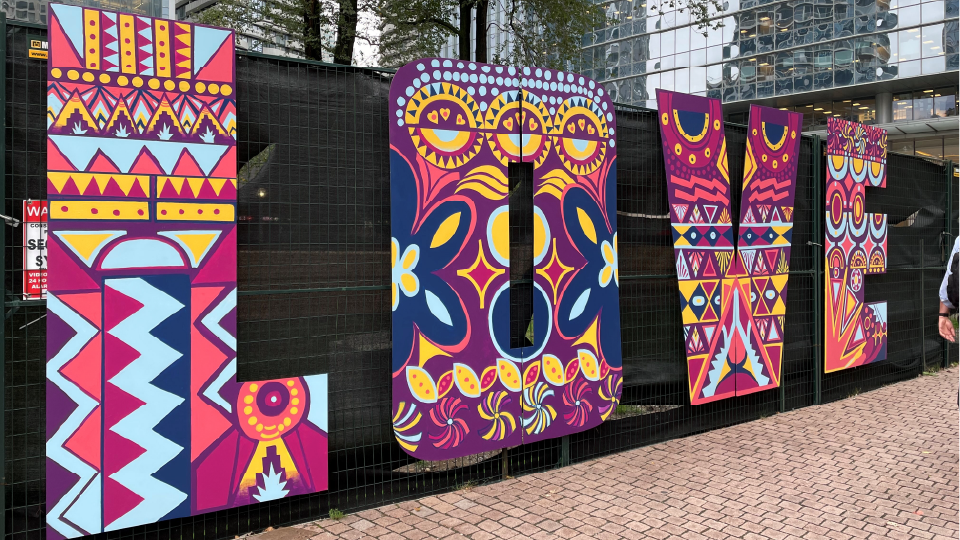
The 2020–2021 Waterfront Artists in Residence, the Black Speculative Arts Movement, created murals called “Love Letters” to make the construction hoarding around Love Park friendlier to passers-by.
The revitalization process demands major upheaval — earthmoving, construction and service interruptions. In addition to delivering outstanding long-term results, we work hard to minimize temporary inconveniences and disruptions associated with our work. We aim to:
-
Keep people informed about when, where and how disruptions may affect them.
-
Take community feedback seriously and respond wherever we can.
-
Share information about the ultimate benefits of our work, and when to expect them.
-
Make creative use of buildings and lands in transition.
This past year, we made great progress on our projects across the waterfront and are working to transform the waterfront from an underutilized industrial area to a vibrant place to live, work and play which will deliver economic, social and environmental benefits for generations.
Read more about these projects and more in our 2021-22 Integrated Annual Report.

